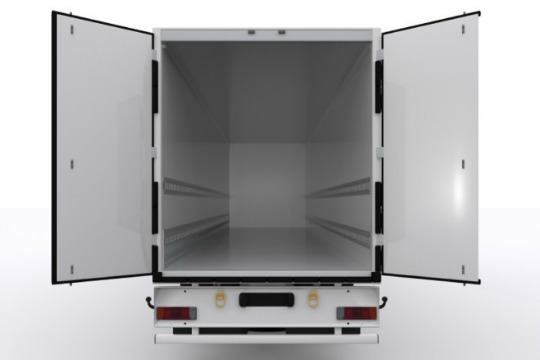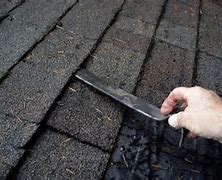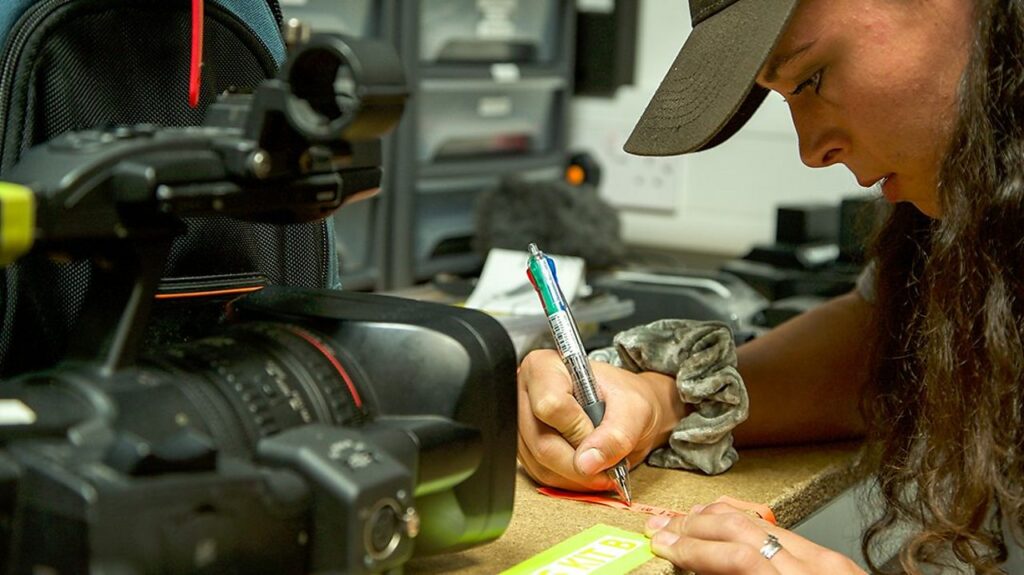Do’s and Don’ts for Divorce
So, your “I do” turned out to be a big “don’t,” and now the honeymoon is over. Before you quit, there are still some definite do’s and don’ts you’ll should follow if you want to end this (legally binding) relationship. Remember, you survived the marriage, now it’s time to make it through the divorce. Take a few deep breaths and keep the following list handy
Hire an experienced divorce attorney.
There is a reason this is number one on the list: it is the most important. The right lawyer will advocate for you and your kids in the courtroom, and make sure any and all legal filings are done properly and on time. When you try to represent yourself (appear “pro se,” meaning “on one’s own behalf”), you cripple yourself. This is especially true if your spouse has hired a lawyer. Being familiar with the process and the workings of the court is an enormous, almost unbeatable advantage.
Live your life!
Too many people let divorce consume them completely. That way lies madness (or at least an inflated liquor store bill). It is important to stay in touch with your friends: make time to play a game or two with your tennis pals, your poker or mahjong buddies, your colleagues or anyone else that you spend time with when DIVORCE isn’t part of the picture.
Realize that divorce happens to the best of us.
In fact, these days it seems to happen to most of us. Divorces happen for so many reasons they are almost uncountable. Sometimes you see it coming a long way off and sometimes it hits you like a freight train out of nowhere, plowing through your life and leaving you shell-shocked. However it happened, remember, though the marriage might have been flawed, you aren’t.
Keep spending to a minimum.
This one comes as a surprise to many—and that is exactly why it is so important. Divorce is something most people have never budgeted for. However your new lifestyle means new expenses. You’ll use extra gas for trips for visitation and appointments with lawyers.

Things Most Lawyers Won’t Tell You
We’ve all heard horror stories from the legal trenches…. Your lawyer fails to show up, he doesn’t make an objection when it’s the most important moment, he or she loses your big case for you… The list can go on and on. From the trenches of the largest municipal court system in the nation
Pay Your Attorney As You Have Agreed To
When money comes between you and your lawyer, you are less likely to get your attorney’s attention, best performance, or sympathy. Would you blow off your dentist after he’s cleaned your teeth? NO, you have to make payment then and there. Would you walk out of the grocery store without paying? No, you have to pay then and there. Would you forget your checkbook on the day of trial? You would be surprised just how many people think attorneys can and should wait
Tell the Truth
If your lawyer doubts you in the consultation, or doesn’t think you have a case, while that may change over time, getting over an initial disbelief is very hard. You have to prove your case. Your attorney is not your witness. They are your advocate – but you are responsible for coming up with proof.
Dress Appropriately
When your lawyer tells you to come to court or to a deposition – dress up for God’s sake. When I see people at the courthouse looking like they are on their way to a nightclub, I know that they are a) low-class; b) going to lose their case; and c) their ego got in the way. If I can see your boobs, so can the judge. If the judge can see your boobs, he’s not listening to your story.
Things Can Take a Long Time
It’s expensive because we have to wait in line too. Going to court is more than dressing up in a fancy suit and knowing what papers to fill out. Attorneys have to wait in line just like the “regular folk” and we are at the mercy of the court staff just like everyone else. If you get a bill that includes time spent waiting in court, it’s not usually exaggerated. While some people may stretch the truth – if you want to see whether I had to wait an hour for the case to get called, then just come with me to court
CAN YOU GET A DIVORCE WITHOUT AN ATTORNEY?
Can you handle your own divorce proceedings with no attorney involvement? In many cases, you certainly can. In fact, if there are no minor children of the marriage and you own very limited assets, most attorneys would probably agree that this might be the best solution, especially if it is an amicable divorce.
If you do choose to represent yourself, dissolution packets are available at district court clerks’ offices for a small fee. The packets include all the basic pleadings that are required in a dissolution action. Instructions are also included.
What can a lawyer do for me that I can’t do myself?
The attorney’s role in a dissolution case is far more complex then knowing how to read and apply the law. When you retain an attorney, you are paying for her expertise in many areas. An effective family law attorney will not only know which statutes to apply to your case to achieve an “equitable” settlement, but she will also typically have had years of experience dealing with the complexities involved in a dissolution of marriage proceeding, including parenting issues, real estate, pensions, investment plans, tax laws, evaluating assets, etc. Moreover, if the attorney does not have first hand knowledge of a particularly difficult issue, she will typically have the resources to quickly find someone who does.
In addition, a good attorney will maintain emotional distance and keep a “level head” in the midst of the emotional turmoil of divorce. Because of the intense emotional factor, even divorce attorneys are known to retain other attorneys to represent them through a divorce. It is far too often that parties find themselves agreeing to terms of a separation agreement just to “get the divorce over with” because they want to move off the emotionally uncomfortable spot they are on.
“But my cousin’s neighbor’s aunt told me……”
We all know someone, or more likely several people, who have been through the divorce process. Many of these individuals have well-intentioned advice regarding your situation. Some people may even believe they can tell you what the outcome of your divorce should be and that you should not settle for anything different. Your friends and family may try to tell you what “the law” is regarding settlement and custody disputes, or they may urge you to find the nastiest, most aggressive attorney money can buy. While it is understandable that these individuals want to help you, you should proceed with caution when taking the legal “advice” of a non-attorney.
Do Character Witnesses Matter in Family Law Cases?
Expert witnesses play a significant part in most divorce and family law cases, which leads people to discuss the significance in character witnesses. Do they help? This question leads to an important and necessary discussion. It’s very common that often parties come to their divorce or family law attorney with a character witness already in mind.
In a divorce case, a character witness may be a party who testifies about the moral fitness or personal qualities of a party to a divorce. But in some jurisdictions, a character witness in a divorce case cannot be a family member. Rather, the witness must be a friend, colleague or personal associate who knows about the personal qualities of the party about whom he or she testifies. Friends and family are the most common types of character witnesses. Oftentimes parties believe that having their mother, father, sibling, or good friend up on the stand will be most helpful to their case.
So is that true? The honest truth is that it won’t get you very far because the obvious reason of asking a friend or relative to speak on your behalf, is because they’re going to have good things to say about you. This doesn’t prove to be very impressive for a judge. The judge does not really need to hear that you are a nice person. The judge is going to be more interested in a description of everyday life, such as cooking and cleaning when the child is with you. The judge will want someone to talk about how you interact with your child, how you discipline the child and how you talk about the other parent in front of your child.
So, if having a friend or family member as your character witness is your best option there are a few things you can do to improve the possibility of it helping your case. Instead of a character witness taking the stand to list off your best qualities one by one, tell a story instead. A story can tell so much about a person, and allows the judge and anyone else in the court room to form their own opinion about someone instead of being told what to think. Although this may still make a character witness appear to be biased, it will prove to be more helpful for your case.
Telling the right kind of story is extremely important as well. You don’t want to tell a story that seems as if you’re testifying directly for the character of the party. Instead, you want to tell a story that simply tells that you witnessed a certain behavior with your own eyes or ears, which makes you a witness, and not just someone’s friend. Telling the right kind of stories is vital, it needs to be a time that good parenting skills were clearly shown, and they were shown on their own and naturally. The judge is more likely to form their own opinion, when they have something to go off that allows them to consider more than one conclusion.
What is Family Law?
Family law is the area of law that addresses family relationships. It includes creating family relationships and breaking them through divorce and termination of parental rights. Family law addresses adoption, contested custody of children and the child support obligations that result. Because family law is the practice of law that relates to relationships and children, it can be one of the most emotional areas of law. Family lawyers are involved in very personal aspects of their client’s lives
Divorce
Divorce is the process of breaking the bonds of matrimony. A marriage is a contract. When parties get married, they form a legal relationship in the eyes of the state. When they no longer wish to have this relationship, they must file court papers in order to ask for a divorce.
Divorce is civil litigation
Divorce cases are heard in state court. It’s a lot like other forms of civil litigation. You may work to gather evidence using civil discovery including depositions, interrogatories and subpoenas. You might participate in conflict resolution including mediation sessions. While most divorce cases settle before trial, there’s a chance that you might try your case in court.
Alimony and spousal support
One of the hot button issues in a divorce case is often alimony and spousal support. Some states use a formula in order to determine the amount of support. In other cases, it’s left to the judge’s discretion. Even in cases where the court uses a formula, it’s still important to make sure that the court uses the proper inputs in order to arrive at the correct amount of support
Pre and post-nuptial agreements
A prenuptial agreement is a contract that parties sign before they get married. Prenuptial agreements usually list who gets what in the event that the parties get divorced. There are some things that can’t be included in a prenuptial agreement like child custody and child support agreements. Otherwise, the parties can create an agreement that outlines things like separate property, distribution of the assets and spousal support in the event of a divorce. When the parties enter into this kind of agreement after they get married, it’s a post nuptial agreement.














